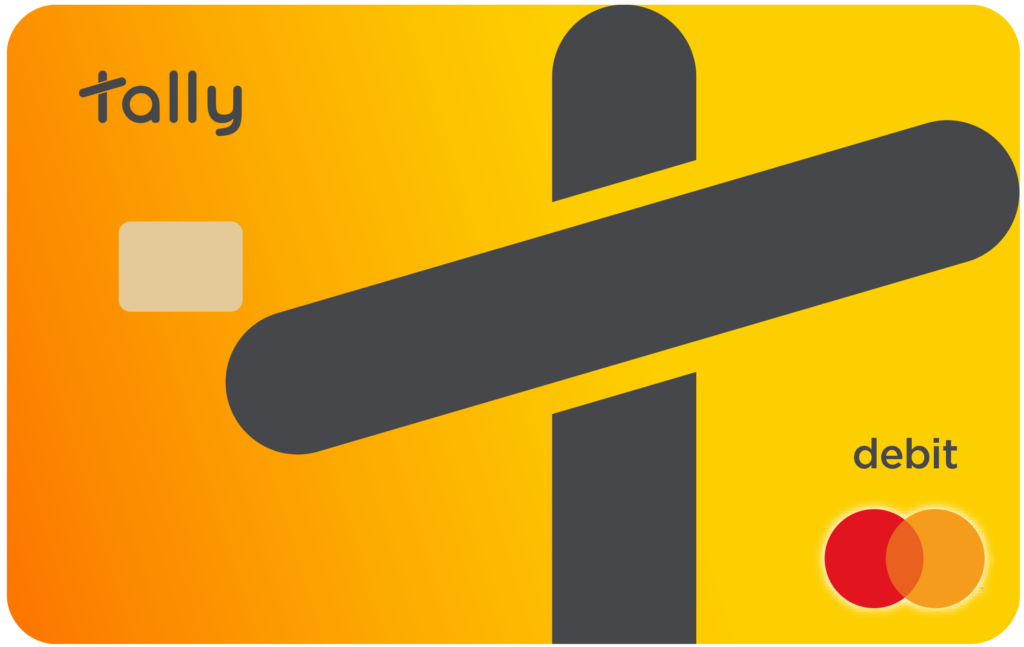Ever wondered why gold has this magnetic pull on us? From ancient rituals to contemporary financial investments in the era of digital banking, the gold price has consistently served as the predominant standard of value.
Short History of Gold
The first gold coins from Electrum originated in Lydia between 700-650 BC. Throughout the ages, in the 17th and 18th centuries, nations proclaimed, “Let’s make our money as trustworthy as gold!” As such, the Gold Standard was born – it meant currencies were as good as the weight of gold they represented. Case in point: the U.S. once valued gold at a crisp $20.67 an ounce.
But, here’s a twist: come the mid-20th century, that tried-and-tested Gold Standard? Well, it started to shake a little. The world was changing, economies were shifting, and the 1944 Bretton Woods Agreement came. The dollar was pegged to gold at $35 per ounce, while other currencies had adjustable rates to the dollar.
Post-Bretton Woods, the system collapsed in the early 1970s due to mounting fiscal pressures and was replaced by a system of floating exchange rates. Since then, the U.S. dollar has remained the dominant global reserve currency, though not gold-backed. The world has seen various financial crises, with central banks resorting to monetary policies like quantitative easing.
Yet, the rise of digital currencies and debates about their integration into the global financial system has marked recent years, while gold continues to be viewed as a safe-haven asset considering global uncertainties.
In August of 2020, gold hit a record high of $2074.88. Gold prices rose by almost 18% from their start year value as investors sought safety in the wake of lockdown measures, the fallout from Brexit, and rising tensions building up to the Russian-Ukrainian conflict.
What Happens to Money in Times of Political Uncertainty?
Gold’s allure isn’t just about its glimmer. Historically, it’s been a trusty store of value. While fiat currencies dance to inflation’s tune, gold marches steadily through time. Why? It’s rare, durable, and darn versatile—traits that make it a solid investment shield against economic jitters.
Unlike your everyday stocks and bonds, gold marches to its own drum, shielding investors from economic volatility. Here’s a cheat sheet on what influences the price of gold:
- Consumption Demand: Think beyond those stunning necklaces and bracelets. With the tech industry drooling over gold for its conductivity, this demand is ever-evolving.
- Protection against Volatility: When the financial world feels like a roller coaster, gold is usually utilised as an inflation hedge.
- Gold & Inflation: In high inflation times, gold becomes the go-to safety net.
- Gold & Interest Rates: Remember how we feel about sale seasons? Similarly, lower interest rates make saving a tad bit tough. But with gold? Savings still shine!
- Geo-Political Dynamics: Difficult situations and crises? They can give economies the jitters, but gold? It remains the steadfast rock.
- Currency Dynamics: Gold can often rise when the market declines, regardless of the currency.
When economic waters get choppy, gold shines even brighter. Remember the 2008-2009 financial mess? While most assets were on shaky ground, gold soared past $1,000 an ounce. It’s quite the financial safety net.
Also, let’s talk inflation. As fiat money’s value can dwindle, gold often stays sturdy, safeguarding purchasing power. Amidst geopolitical turbulences, with trust in governments taking hits, gold remains a trusted wealth protector. In the world of investments and uncertainties, gold is the steady hand we all need.
Gold Prices Today
The current rise in bullion prices during the Israel-Hamas conflict is its fourth significant surge since the COVID-19 pandemic began. Earlier gains were observed after Russia’s Ukraine invasion and Silicon Valley Bank’s collapse, raising fears of broader financial repercussions. Thu Lan Nguyen from Commerzbank AG believes that gold’s position correction is mainly complete and she mentions the potential for gold price gains when signs of a US interest rate policy change emerge.
Gold has a history of doing well compared to regular currencies, but its value goes up and down when measured against fiat currencies over time. In 2022, most currencies fell against the dollar, prompting non-U.S. investors to turn to gold as an inflation hedge. Here’s how gold performed against key currencies per estimates from Visual Capitalist, looking at BRICS currencies and others:
- U.S. dollar: 0.4% gain
- Euro: 6.7% gain
- Japanese yen: 14.4% gain
- Pound sterling: 12.5% gain
- Canadian dollar: 7.7% gain
- Swiss franc: 1.7% gain
- Indian rupee: 11.8% gain
- Chinese yuan: 9.0% gain
- Turkish lira: 41.2% gain
- Australian dollar: 7.1% gain
You can use its strength and upgrade your money – TallyMoney offers an alternative banking solution by combining the security and instant liquidity of a savings with the resilience of gold.
Through our app you can buy tally, which is a real LBMA-approved physical gold, ensuring your precious metal investments are as easily managed as any online bank. Understanding historical gold prices and the gold market trend allows you to make informed decisions and tap into a straightforward experience for precious metal investments.
Unlock the potential of tally – a currency backed by your own LBMA-approved physical gold securely stored in Swiss vaults. Streamline your daily banking experience by seamlessly adopting gold as your preferred currency.


